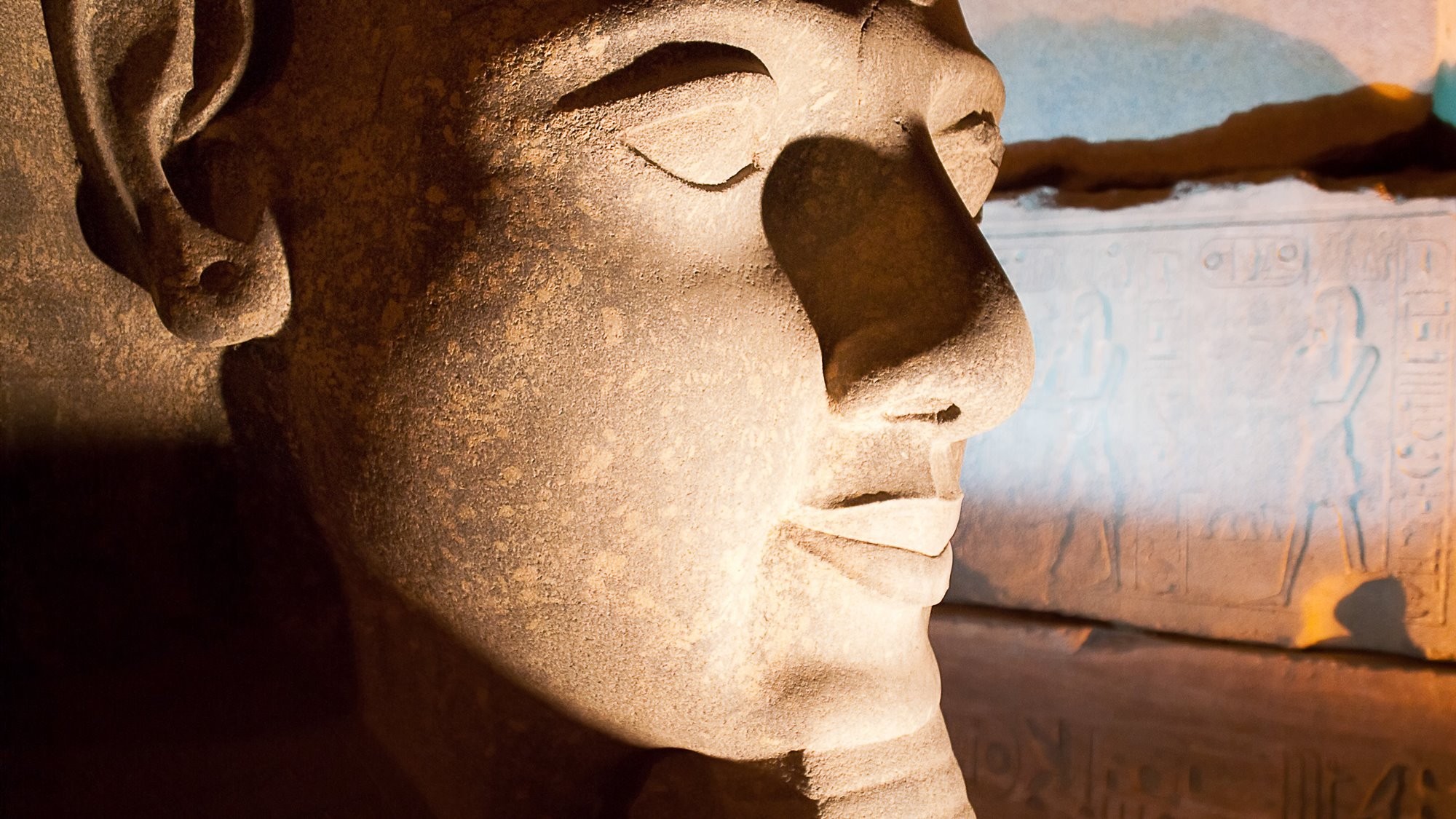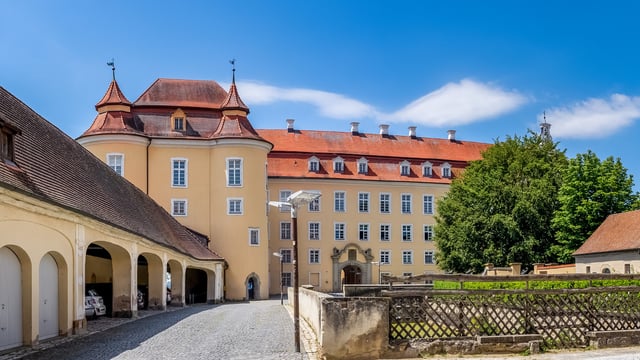Baden-Württemberg
Art, History & Archaeology Sites & Museums
From the archaeology of Ice Age caves in the Swabian Alps to the patenting of the automobile in January 1886. From one of the largest Roman cavalry forts north of the Alps to a dynastic family seat at Hohenzollern Castle. Picturesque and historic villages and cities with modern architecture. Baden-Württemberg has some 40,000 of years worth of history and creativity to explore. This is the state of the Black Forest, an iconic area in Germany that has been attracting tourists for centuries. And apparently this is the German state with the most hours of sunshine and the most restaurants awarded Michelin stars.
Create Your Baden-Württemburg Itinerary & Travel Lists
If you are planning a trip to Baden-Württemburg, and other regions in Germany, you can use our Itinerary Builder with the list of sites and museums below to create your own travel lists (such as places you have been to, places you would like to visit) and itineraries. These can be shared with your friends, privately and on social media. To make use of this feature, however, you will need to login or register as a new user. Registering to use these features is free of charge. Once registered and logged in, you can use the lists below to select sites and museums you would like to add to your itinerary and/or travel lists. Please Note: the lists below only include sites and museums in the German state of Baden-Württemburg, go to the German Travel Guide to find places to visit in the other states.
Archaeology & History Sites in Baden-Württemberg
Old Castle, Stuttgart
At the heart of the old city, still commanding an imposing sight, is the Altes Schloss. Originally built for the Duke of Swabia in the mid 10th century, in the 13th century it became the residence of the House of Württemberg. The moated stronghold, walls of which can still be seen in the basement, became a luxury Renaissance castle. With the building of the New Palace in the mid 18th century, the castle was then all but an outbuilding. Today the castle is home to the State Museum of Württemberg, one of the finest history museums in Germany.

Limes Watch Tower, Lorch
Just to the east of Lorch, near the 12th century Lorch Monastery, what is called the Upper German Limes meets the Raetian Limes. And almost at that intersection stands a reconstructed timber watchtower, with a small section of the palisade that would have demarcated the border. This is the spot where a stone tower is supposed to have stood. The reconstruction is not historically accurate, as there is no evidence of wooden towers in this part of the Limes. Nevertheless, it gives an idea of the watchtowers, and the view is spectacular. Visitors are able to climb the tower to the landing.

Archäologische Park Ostkastell - Roman Fort
The Archaeological Park of Ostkastell (east castle) has been developed on the site of a Roman fort built on the Limes. The fort was built in 160 AD and covered an area of 1.6 ha, housing a garrison of between 150 and 200 men. The site has been known since the mid 19th century at least, with the first excavations taking place at the end of that century. They continue until very recently. Some of the features of the site have been left exposed, including the foundations of a bath house. The west gate has been reconstructed. Interestingly, the fort was located just beyond the Limes, technically outside the Roman Empire.

Hohenzollern Castle
On the edge of the Swabian Alps atop Mount Hohenzollern, Hohenzollern Castle has breathtaking views. The current castle, built in Gothic revival style between 1846 and 1867, is the third castle to have been built here. Since the 11th century this has been the ancestral home of the House of Hohernzollern, specifically the Swabian branch of the family. Besides being able to tour historic rooms, a number of artefacts from the Prussian royal family are on display, including the Crown of Wilhelm II.

Wallfahrtskirche Schönenberg
Visitors to Ellwangen will not miss the striking Baroque Schönenberg church overlooking the town. Since the early 1600s the hill has been an important pilgrimage site. But the church itself was not built until 1680, with the chapels of the Calvary Hill being added in 1734. Saved from destruction during the period of secularisation in the first decade of the 1800s, Schönenberg Kirche is still a popular local pilgrimage site.

Ellwangen Castle & Museum
From about 1460 CE the castle of Zllwangen served as the residence of the Prince-provosts. Although the castle was remodelled in a Baroque style around 1726, visitors to the castle can still see evidence of its earlier architectural grandeur. Today the castle is administrated by the State of Baden-Württemberg, and it hosts a museum with permanent exhibitions that comprise spectacular objects from over 1,200 years of the building’s history and influence in the region.

Ellwangen Abbey / St Vitus Basilica
Ellwangen Abbey was the first Benedictine Monastery in the historic Duchy of Swabia. The monastery was established in 764 CE by two brothers, Herulph and Ariolf. In 814 it became an Imperial Abbey, under the protection of the Holy Roman Empire. Although the abbey was dissolved during the secularisation of 1802, most of the buildings are still in tact but not used for ecclesiastic purposes. Consecrated in 1233, the Late Romanesque St. Vitus Basilica is today the Paris church of Ellwangen.

Roman Cavalry Fort, Aalen
This cavalry fort, situated along the Rhaetian Limes, was the largest such fort in Europe north of the Alps. The fort was built in the mid 2nd century CE, and abandoned by circa 260 CE. Over 1,000 soldiers of the Ala II Flavia Miliaria were stations here. As part of the defensive system along the northern edge of the Roman Empire in what is upper Germany today, the Rhaetian Limes is a listed UNESCO World Heritage site. Next to the ruins of the fort is one of the biggest Roman museums in Germany.

Popular Tours and Activities
Museums & Art Galleries in Baden-Württemberg
Federsee Museum
The Federsee Museum in Bad Buchau is in an area of moorland where a number of archaeological sites have been identified, some as old as 15,00 years. Another is the UNESCO listed settlement of ‘prehistoric pile dwellings around the Alps’. Artefacts from these excavations are on display in the museum. Visitors can also explore the outdoor reconstructions of a Palaeolithic camp, Neolithic and Bronze Age pile dwellings, and the Iron Age village, erected using techniques used in prehistory.

Prehistoric Pile Dwellings Museum
In Unteruhldingen at the edge of Lake Constance are the remains of a prehistoric settlement of ‘pile dwellings, or stilt houses. One of over 100 in the Alpine region that together are a listed UNESCO World Heritage Site. The ‘Pfahlbau Museum’ is a series of reconstructions, based on archaeological evidence, of lakeside Stone and Bronze Age houses. Opened in 1922, this is the oldest archaeological open-air museum in Germany.

Black Forest Open-Air Museum
The Black Forest Open-Air Museum showcases historic vernacular architecture from this iconic area of south-west Germany. Opened to the public in 1963, the collection centres around the Vogtsbauernhof, a typical 17th century farmhouse. Other buildings onsite include domestic dwellings accompanied by a range of gardens and livestock enclosures, storage barns, sawmills, boundary stones, churches, and wayside shrines. The Hermann Schilli house brings the visitor into the recent past with a permanent exhibit of life in the 1980s.

Campus Galli
At Campus Galli in Meßkirch, Baden-Württemberg, experimental archaeologists have helped to recreate an early medieval monastic settlement based on the example of the 9th century Benedictine Plan of Saint Gall or Campus Galli. As far as possible, the buildings have been constructed using techniques and methods that would have been available in the Middle Ages. Launched in 2012, the site remains a work in progress although is open to visitors in the meantime.

Württemberg State Museum
Founded over 150 years ago and with over a million objects in its collection, the Landesmuseum Württemberg is one of Germany’s finest history museums. Although the museum has a worthy collection of artefacts from the Mediterranean and an international collection of industrial objects, the main focus is the story of Württemberg’s past. This story begins over 250,000 years ago with humankind’s oldest sculptural works, and includes Celtic, Roman, Alamanni and Franconian periods, as well as significant pieces from Renaissance Württemberg.

Allgäu-Oberschwaben Wolfegg Farmhouse Museum
Found near Lake Constance in the border triangle of Germany, Austria and Switzerland, the Allgäu-Oberschwaben Wolfegg Farmhouse Museum in Baden-Württemberg brings together a range of historic buildings from around the area of Upper Swabia and the Allgäu. The open-air museum launched in 1978 and since then has continued to expand through new acquisitions. Among its displays, which range in date from the 17th to the 20th century, are a fisherman’s house, storage barns, windmill, an apiary, and chicken coop.

Alamanni Museum
The town of Ellwangen an der Jagst was established in the 7th century as an Alemanic settlement. The Alamanni were the first Christians in southern Germany, and with numerous archaeological artefacts from the area the Alamannenmuseum concentrates on the last five hundred or so years of their history. Of particular interest is the rich collection of gold and silver-work. The museum also has an active programme of events that focus on various aspects of Alamanni life.

Limesmuseum, Aalen
On the site of the largest cavalry fort north of the Alps in the present-day town of Aalen, is the Limesmuseum. One of the largest Roman museums in Germany. The museum not only displays artefacts excavated from the fort, especially well preserved weaponry, but also artefacts from other nearby excavations of Roman sites. A series of permanent exhibits show what both military and civilian life was like in the area about around the 2nd century CE. The museum hosts regular events, for children and adults.



















